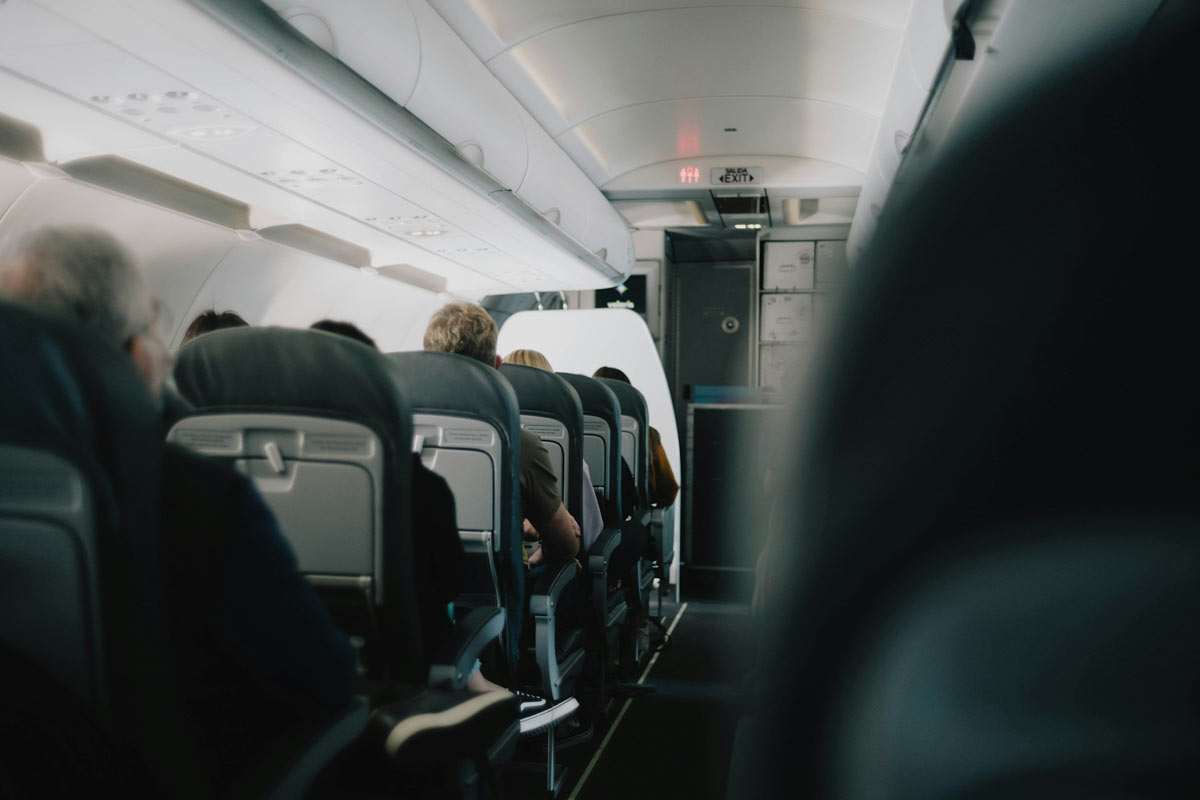
In aviation, the intricate interplay of diverse systems is crucial for passenger and crew safety. Among these, oxygen and nitrogen systems are vital lifelines. Going beyond mere precautions, these systems are fundamental for seamless aircraft operation, especially in challenging high-altitude conditions. This article explores the significance of these systems, emphasizing their pivotal role in enhancing overall safety and functionality in aviation.
Oxygen Systems: Crucial for High Altitude Operations
Aircraft routinely ascend to altitudes where the air becomes thin, and oxygen levels experience a significant drop. The seamless integration of state-of-the-art aircraft oxygen and nitrogen systems is imperative for preserving life at high altitudes and safeguarding the aircraft from potential hazards, underscoring their pivotal role in aviation safety. The aircraft’s oxygen system ensures that passengers and crew members receive a sufficient and continuous supply of oxygen, mitigating the risks associated with hypoxia – a condition arising from inadequate oxygen levels.
In the event of a sudden cabin depressurization incident, where the cabin pressure drops abruptly, the oxygen masks deploy automatically. This ensures immediate access to breathable air, and passengers and crew members are promptly instructed to secure the masks over their noses and mouths to maintain an uninterrupted flow of oxygen. This swift response is imperative in preventing hypoxia-related symptoms, such as dizziness and confusion, guaranteeing that individuals remain conscious and capable of responding to emergency procedures.
Pilots who navigate the aircraft at these elevated altitudes for prolonged durations also rely on dedicated pilot oxygen systems. These systems are meticulously designed to deliver a consistent and regulated supply of oxygen to the flight deck, enabling pilots to execute their duties with precision and focus. The importance of such systems in averting hypoxia-induced impairment cannot be overstated, as the alertness and decision-making skills of pilots are pivotal to the safety of the entire flight.
Nitrogen Systems: Vigilant Protectors of Aircraft Fuel Tanks
While oxygen is indispensable for sustaining life, nitrogen assumes a critical role in safeguarding the aircraft from potential hazards. Nitrogen systems are predominantly employed to maintain the inerting of fuel tanks, effectively reducing the risk of fire or explosion. The presence of flammable vapors in fuel tanks, especially during refueling or in hot weather conditions, poses a substantial threat to aircraft safety.
The process of nitrogen inerting entails replacing the air within the fuel tank with nitrogen, a gas known for its inert properties. By doing so, the likelihood of a fire or explosion is significantly diminished, as nitrogen displaces the oxygen required for combustion. This process assumes particular importance during ground operations, where the aircraft is exposed to various environmental factors that can contribute to the formation of explosive mixtures within the fuel tanks.
Furthermore, nitrogen systems contribute to the prevention of corrosion in aircraft components. By establishing an inert environment within specific systems and compartments, nitrogen helps impede the oxidation process, extending the lifespan of critical parts and diminishing the need for frequent maintenance.
Advancements in Technology and Innovation:
In the dynamic landscape of aviation technology, continuous research and development endeavors are channelled toward elevating the efficiency and capabilities of both oxygen and nitrogen systems. Progress in materials, sensors, and delivery mechanisms contributes to the creation of more compact, dependable, and sophisticated systems. The reduction in component size facilitates heightened fuel efficiency, diminished weight, and an overall enhancement in the performance of aircraft.
Moreover, pioneering technologies such as intelligent sensors and predictive maintenance mechanisms facilitate proactive monitoring of these systems, ensuring timely interventions and mitigating the risk of unforeseen failures. The unwavering pursuit of state-of-the-art technologies underscores the aviation industry’s unwavering commitment to maintaining a leadership position in terms of safety and reliability.
Environmental Considerations and Sustainable Practices:
In recent times, the aviation sector has increasingly prioritized sustainability, placing a growing emphasis on minimizing its environmental impact. This commitment extends to the realm of oxygen and nitrogen systems, where endeavors are underway to craft environmentally friendly alternatives and implement more energy-efficient solutions.
Notably, nitrogen inerting systems are being developed with a dedicated focus on reducing resource consumption and energy usage, aligning with global initiatives aimed at curbing greenhouse gas emissions.
Conclusion
In aviation, the importance of oxygen and nitrogen systems is paramount, serving the dual purpose of ensuring safety at high altitudes and protecting aircraft on the ground. Their seamless integration guarantees safe and efficient flights within the broader aviation framework. As technology advances, the industry’s unwavering commitment to enhancing these systems reflects its dedication to maintaining top-tier safety and reliability standards. In the expansive skies, these systems stand as vigilant guardians, ensuring a secure journey through the clouds.